
Born
October 30th, 1909
Passed Away
January 24th, 1966
Popularly Known as
Indian nuclear program, Cosmic Rays, point particles
Occupation
Nuclear Physics
Religion
Parsi
Native
Bombay
Country
India
પિતા જ ધર્મ છે, પિતા જ સ્વર્ગ છે, પિતા જ પરમ તપ છે, પિતૃભક્તિ સર્વે ભક્તિમાં શ્રેષ્ઠ છે. પિતૃભક્તિ સર્વે દેવતાઓને પણ પ્રિય છે. શાસ્ત્ર માં કહેવાયેલા આ વાક્યો નો અર્થ અમારા જીવનનો મર્મ છે. સ્વર્ગની પ્રાપ્તિ ધર્મથી થાય છે, તપથી થાય છે. પરંતુ અમારા માટે અમારી પિતૃભક્તિ જ સર્વે ભક્તિમાં શ્રેષ્ઠ છે.
Shradhanjali By
Shradhanjali .com
Biography of Mr. Homi Jehangir Bhabha
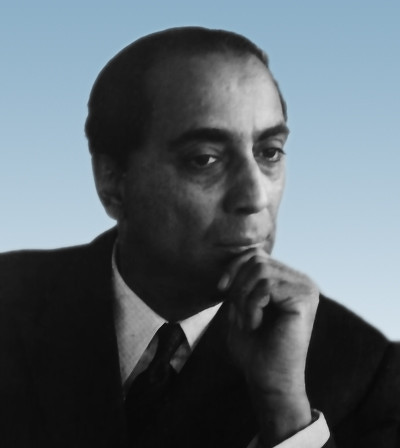
Homi Jehangir Bhabha, FRS (30 October 1909 – 24 January 1966) was an Indian nuclear physicist and the chief architect of the Indian atomic energy program. He was also responsible for the establishment of two well-known research institutions, namely the Tata Institute of Fundamental Research (TIFR), and the Atomic Energy Establishment at Trombay (which after Bhabha's death was renamed as the Bhabha Atomic Research Centre (BARC)). As a scientist, he is remembered for deriving a correct expression for the probability of scattering positrons by electrons, a process now known as Bhabha scattering.
Bhabha was born into a wealthy and prominent Parsi family, through which he was related to Dinshaw Maneckji Petit, Muhammad Ali Jinnah and Dorab Tata. He received his early education at Bombay's Cathedral Grammar School and entered Elphinstone College at age 15 after passing his Senior Cambridge Examination with Honors. He then attended the Royal Institute of Science until 1927 before joining Caius College of Cambridge University. This was due to the insistence of his father and his uncle Dorab Tata, who planned for Bhabha to obtain an engineering degree from Cambridge and then return to India, where he would join the Tata Iron and Steel Company in Jamshedpur.
- Higher education and research at Cambridge
At Cambridge Bhabha's interests gradually shifted to theoretical physics. In 1928 Bhabha in a letter to his father wrote:
“ I seriously say to you that business or job as an engineer is not the thing for me. It is totally foreign to my nature and radically opposed to my temperament and opinions. Physics is my line. I know I shall do great things here. For, each man can do best and excel in only that thing of which he is passionately fond, in which he believes, as I do, that he has the ability to do it, that he is in fact born and destined to do it... I am burning with a desire to do physics. I will and must do it sometime. It is my only ambition. I have no desire to be a `successful' man or the head of a big firm. There are intelligent people who like that and let them do it... It is no use saying to Beethoven `You must be a scientist for it is great thing ' when he did not care two hoots for science; or to Socrates `Be an engineer; it is work of intelligent man'. It is not in the nature of things. I therefore earnestly implore you to let me do physics.
Bhabha's father understood his son's predicament, and he agreed to finance his studies in mathematics provided that he obtain first class on his Mechanical Sciences Tripos.
Bhabha took the Tripos in June 1930 and passed with first class. He then embarked on his mathematical studies under Paul Dirac to complete the Mathematics Tripos. Meanwhile, he worked at the Cavendish Laboratory while working towards his doctorate in theoretical physics under R. H. Fowler. At the time, the laboratory was the center of a number of scientific breakthroughs. James Chadwick had discovered the neutron, John Cockcroft and Ernest Walton transmuted lithium with high-energy protons, and Patrick Blackett and Giuseppe Occhialini used cloud chambers to demonstrate the production of electron pairs and showers by gamma radiation. During the 1931–1932 academic year, Bhabha was awarded the Salomons Studentship in Engineering. In 1932, he obtained first class on his Mathematical Tripos and was awarded the Rouse Ball traveling studentship in mathematics. With the studentship, he worked with Wolfgang Pauli in Zürich, Enrico Fermi in Rome and Hans Kramers in Utrecht.
- Research in theoretical physics
In January 1933, Bhabha published his first scientific paper, "The Absorption of Cosmic radition. In the publication, Bhabha offered an explanation of the absorption features and electron shower production in cosmic rays.The paper helped him win the Isaac Newton
Studentship in 1934, which he held for the next three years. The following year, he completed his doctoral studies in theoretical physics under Ralph H. Fowler. During his studentship, he split his time working at Cambridge and with Niels Bohr in Copenhagen. In 1935, Bhabha published a paper in the Proceedings of the Royal Society, Series A, in which performed the first calculation to determine the cross section of electron- positron scattering. Electron-positron scattering was later named Bhabha scattering, in honor of his contributions in the field.
In 1936, the two published a paper, "The Passage of Fast Electrons and the Theory of Cosmic Showers" in the Proceedings of the Royal Society, Series A, in which they used their theory to describe how primary cosmic rays from outer space interact with the upper atmosphere to produce particles observed at the ground level. Bhabha and Heitler then made numerical estimates of the number of electrons in the cascade process at different altitudes for different electron initiation energies. The calculations agreed with the experimental observations of cosmic ray showers made by Bruno Rossi and Pierre Victor Auger a few years before. Bhabha later concluded that observations of the properties of such particles would lead to the straightforward experimental verification of Albert Einstein's theory of relativity. In 1937, Bhabha was awarded the Senior Studentship of the 1851 Exhibition, which helped him continue his work at Cambridge until the outbreak of World War II in 1939.
- Return to India
In September 1939, Bhabha was in India for a brief holiday when World War II broke out, and he decided not to return to England for the time being. He accepted an offer to serve as the Reader in the Physics Department of the Indian Institute of Science, then headed by renowned
physicist C. V. Raman. He received a special research grant from the Sir Dorab Tata Trust, which he used to establish the Cosmic Ray Research Unit at the institute. Bhabha selected a few students, including Harish-Chandra, to work with him. Later, on 20 March 1941, he was elected a Fellow of the Royal Society .
- TIFR and BARC
When Bhabha was working at the Indian Institute of Science, there was no institute in India which had the necessary facilities for original work in nuclear physics, cosmic rays, high energy physics, and other frontiers of knowledge in physics. This prompted him to send a proposal in March 1944 to the Sir Dorab J. Tata Trust for establishing 'a vigorous school of research in fundamental physics'. In his proposal he wrote :“There is at the moment in India no big school of research in the fundamental problems of physics, both theoretical and experimental. There are, however, scattered all over India competent workers who are not doing as good work as they would do if brought together in one place under proper direction. It is absolutely in the interest of India to have a vigorous school of research in fundamental physics, for such a school forms the spearhead of research not only in less advanced branches of physics but also in problems of immediate practical application in industry. If much of the applied research done in India today is disappointing or of very inferior quality it is entirely due to the absence of sufficient number of outstanding pure research workers who would set the standard of good research and act on the directing boards in an advisory capacity ... Moreover, when nuclear energy has been successfully applied for power production in say a couple of decades from now, India will not have to look abroad for its experts but will find them ready at hand. I do not think that anyone acquainted with scientific development in other countries would deny the need in India for such a school as I propose.
The subjects on which research and advanced teaching would be done would be theoretical physics, especially on fundamental problems and with special reference to cosmic rays and nuclear physics, and experimental research on cosmic rays. It is neither possible nor desirable to separate nuclear physics from cosmic rays since the two are closely connected theoretically.”
The trustees of Sir Dorab J. Tata Trust decided to accept Bhabha's proposal and financial responsibility for starting the Institute in April 1944. Bombay was chosen as the location for the prosed Institute as the Government of Bombay showed interest in becoming a joint founder of the proposed institute. The institute, named Tata Institute of Fundamental Research, was inaugurated in 1945 in 540 square meters of hired space in an existing building. In 1948 the Institute was moved into the old buildings of the Royal Yacht club.
When Bhabha realized that technology development for the atomic energy programme could no longer be carried out within TIFR he proposed to the government to build a new laboratory entirely devoted to this purpose. For this purpose, 1200 acres of land was acquired at Trombay from the Bombay Government. Thus the Atomic Energy Establishment Trombay (AEET) started functioning in 1954. The same year the Department of Atomic Energy (DAE) was also established.
- Death and legacy
He died when Air India Flight 101 crashed near Mont Blanc on January 24, 1966. The Atomic Energy Establishment Trombay (AEET) was renamed as Bhabha Atomic Research Centre in his honour. In addition to being an able scientist and administrator, Bhabha was also a painter and a classical music and opera enthusiast, besides being an amateur botanist.
Bhabha also encouraged research in electronics, space science, radio astronomy and microbiology. The famed radio telescope at Ooty, India was his initiative, and it became a reality in 1970. The Homi Bhabha Fellowship Council has been giving the Homi Bhabha Fellowships since 1967 Other noted institutions in his name are the Homi Bhabha National Institute, an Indian deemed university and the Homi Bhabha Centre for Science Education, Mumbai, India.
Family Tree of Mr. Homi Jehangir Bhabha


Meherbai Framji Panday

Jehangir Bhabha
Videos of Mr. Homi Jehangir Bhabha
No videos



 Profile Home
Profile Home Biography
Biography Family
Tree
Family
Tree Photo
Album
Photo
Album Video
Video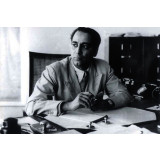
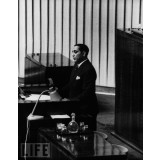
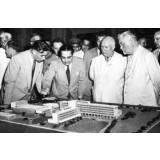
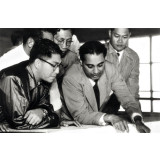
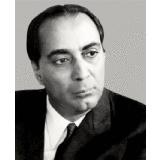
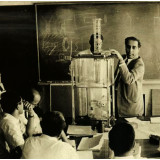
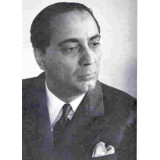

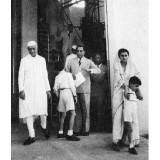
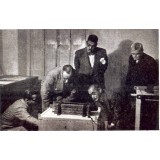
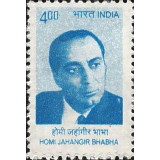

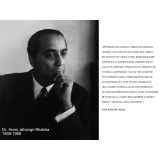
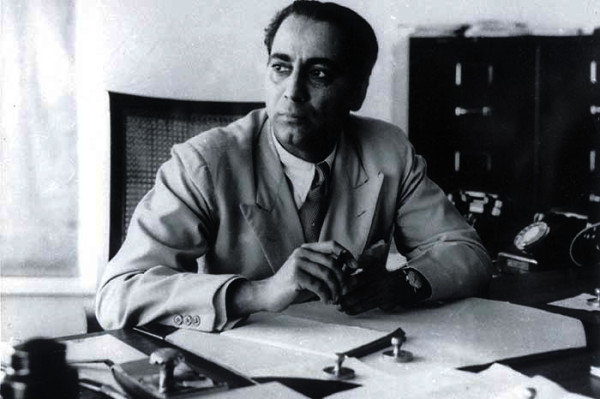



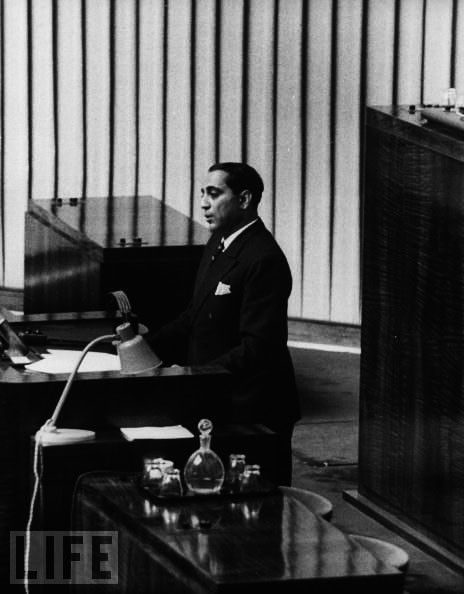
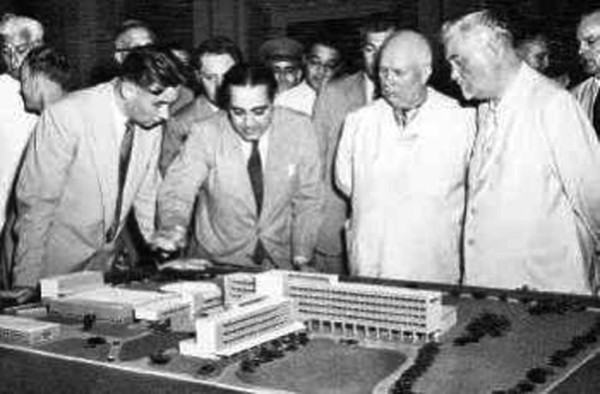
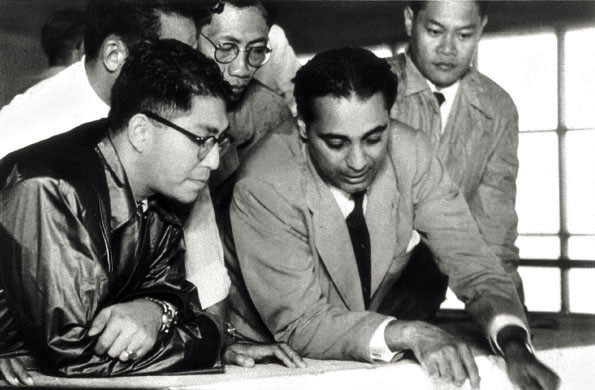
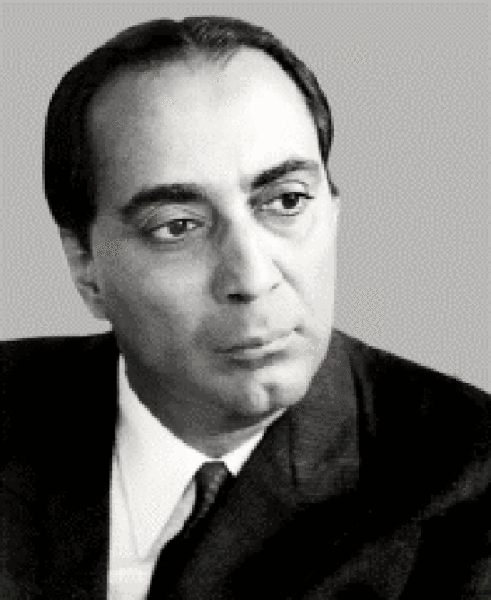
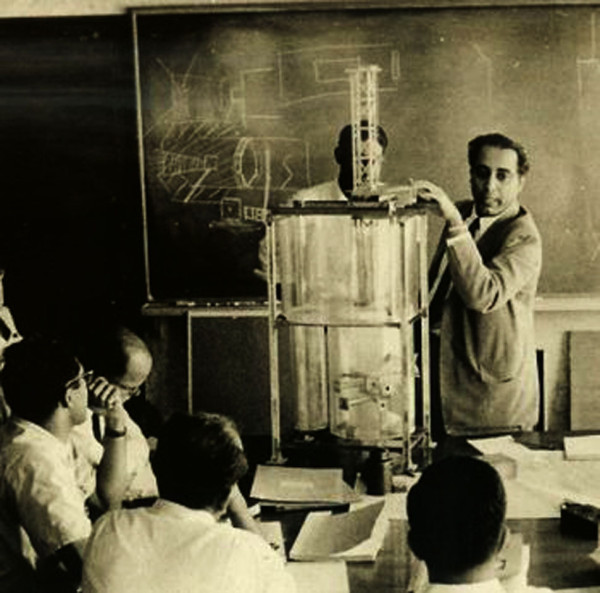
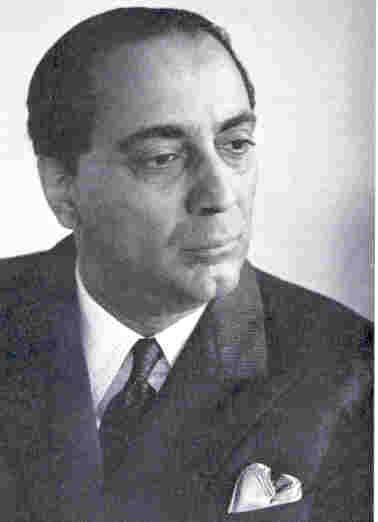
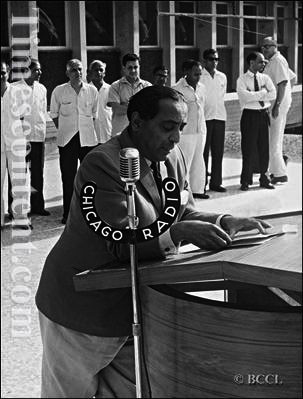
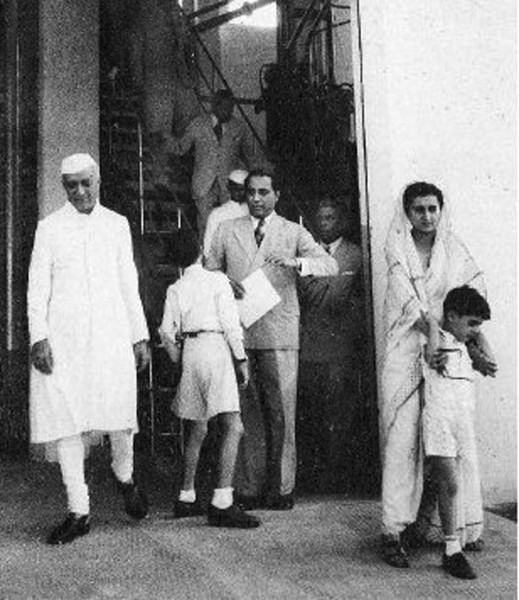
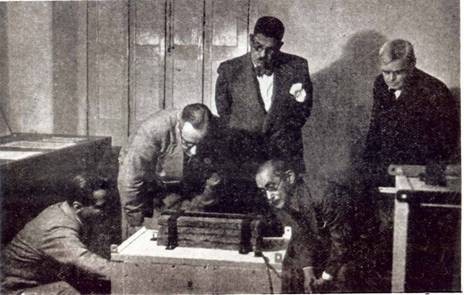
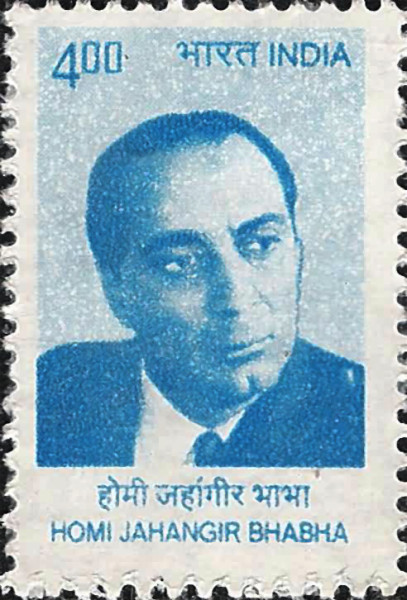
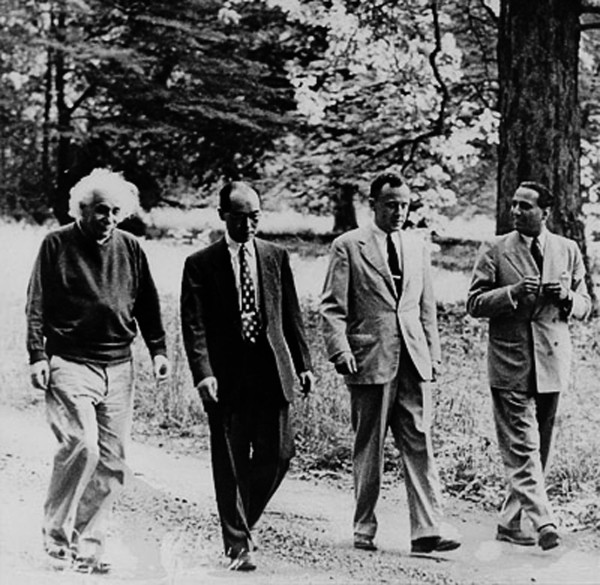
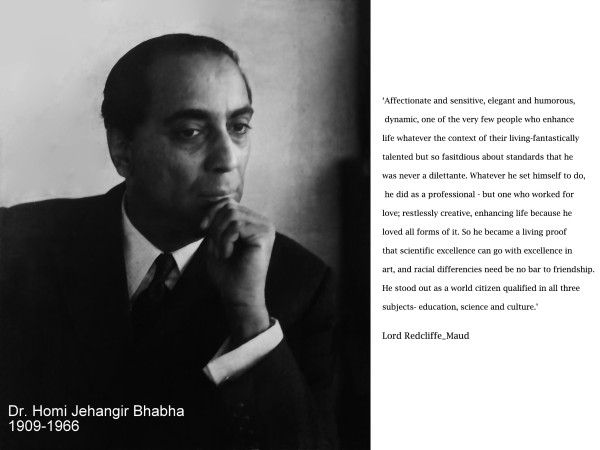

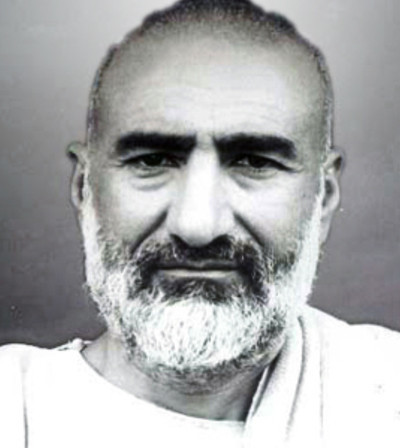
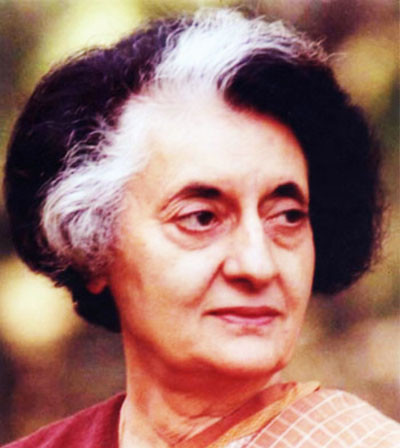
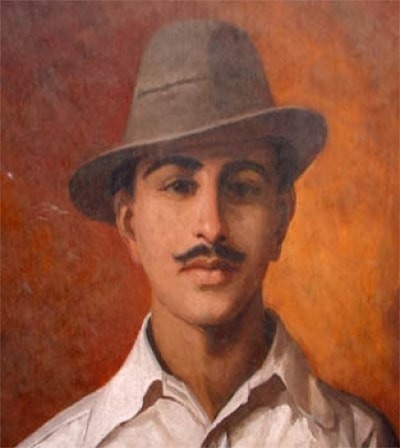
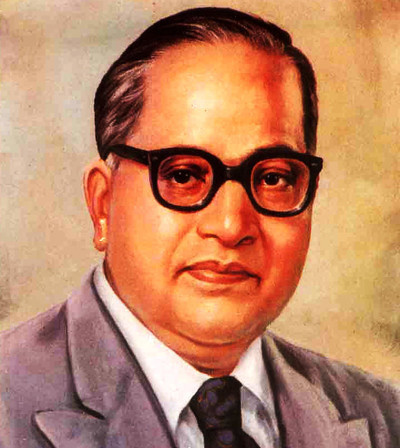
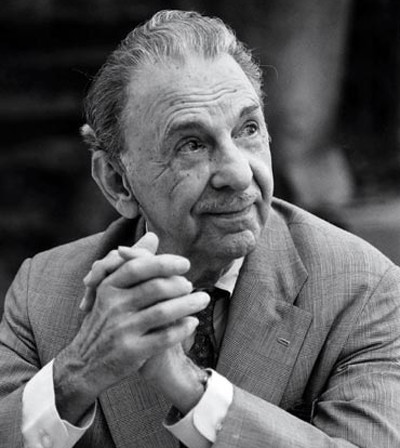
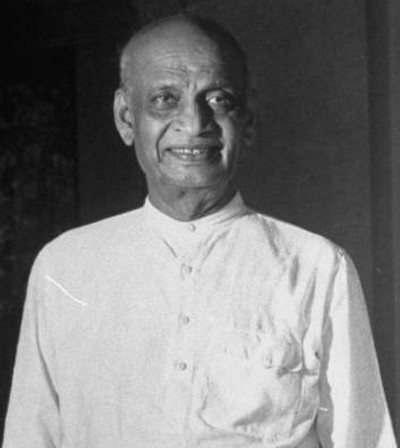
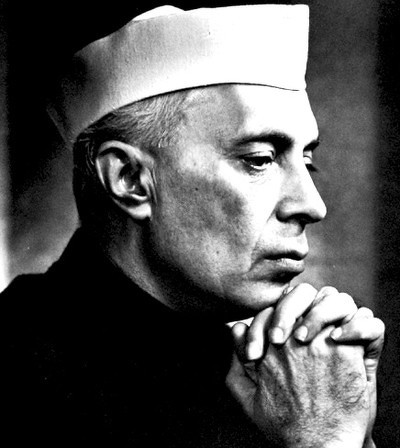
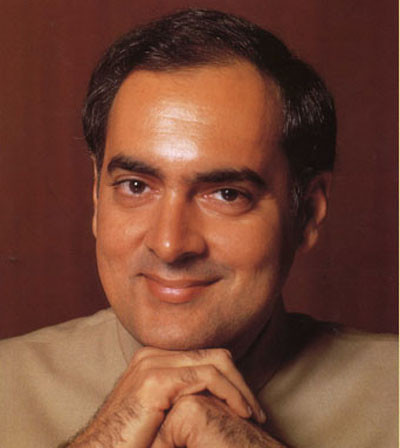
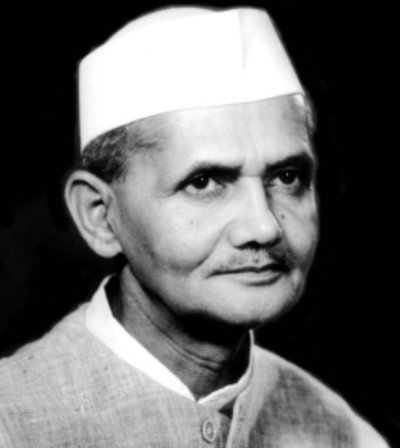

Post Condolences